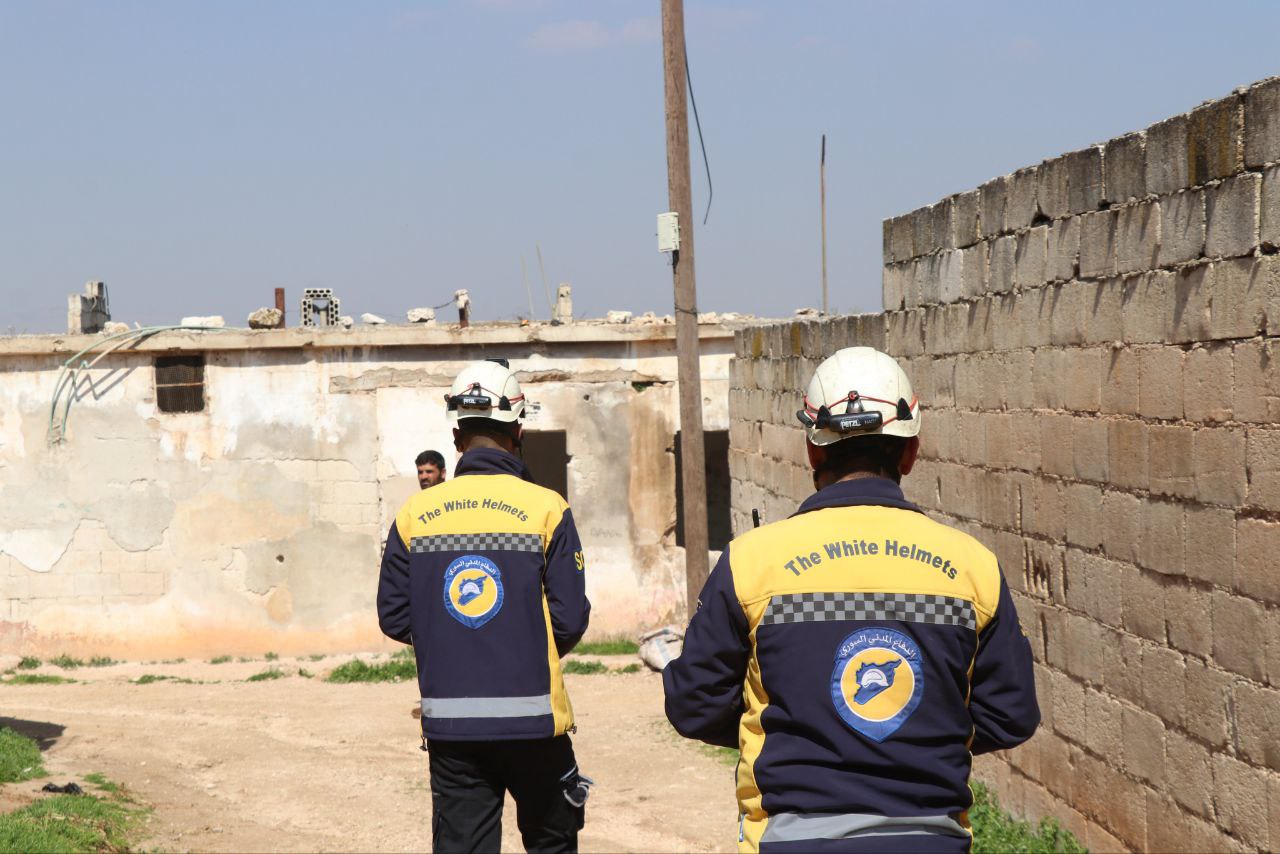
A series of earthquakes struck Syria’s Hama province this week, earlier in the week on Monday, August 12 and yesterday on Friday, August 16, sending shockwaves through a country already devastated by over a decade of internal conflict and the catastrophic earthquakes experienced last year. The latest tremor, with a magnitude of 5.2, occurred at 1:15 p.m. local time, 28 kilometers east of Hama, according to the National Seismic Center.
The quake, which was also felt in neighboring Lebanon and Jordan, caused panic among residents, many of whom rushed out of their homes in fear. Twelve people were treated at Salamiyah National Hospital for injuries sustained as they fled, and five others were treated for panic and nervous breakdowns, according to Dr. Osama Melhem, the hospital’s director. The injuries were described as minor, mostly resulting from falls during the rush to evacuate.
This latest earthquake follows a series of tremors in the same area, including a 5.5-magnitude quake on August 13. The ongoing seismic activity has reignited fears in a region still reeling from the February 2023 earthquake, one of the deadliest in a century, which claimed tens of thousands of lives across Syria and Turkey.
The National Seismic Center reported that the August 16 quake was followed by a second tremor minutes later, measuring 4.2 in magnitude and centered in the northern countryside of Salamiyah. Despite the strength of these quakes, the Syrian Civil Defense, also known as the White Helmets, reported no significant damage, and search and rescue teams have not received any reports of direct injuries or major structural damage.
The repeated tremors have led to widespread anxiety among the population. The director of Syria’s seismic monitoring, Raed Ahmed, indicated that these tremors are likely aftershocks related to the February earthquake. “These tremors will not develop into a strong earthquake now,” Ahmed told the pro-government Athar Press. “But if an earthquake larger than 5 degrees occurs, we will need to reassess the situation.”
Ahmed explained that the tremors are part of ongoing seismic activity in the region, triggered by the massive release of energy during the February 6 earthquake. This energy has accumulated in fault lines, causing them to remain active. “Weak to moderate tremors will likely continue during the coming period,” he added.
The fear of a larger earthquake looms over Syria, a country already scarred by conflict and previous natural disasters. The February earthquake, which struck with a magnitude of 7.8, was one of the deadliest in modern history, causing widespread devastation in both Syria and Turkey. In Syria, the quake compounded the suffering of a population already burdened by years of war, with much of the country’s infrastructure in ruins.
In Hama province, the current seismic activity has disrupted daily life, adding to the challenges faced by residents in a region where recovery from war and natural disasters remains painfully slow. The city of Salamiyah experienced an internet outage following the quake, further complicating communications in an area struggling with basic services.
The White Helmets continue to prepare for any potential emergencies, reminding civilians of evacuation procedures and emphasizing that their teams are on standby to respond.








